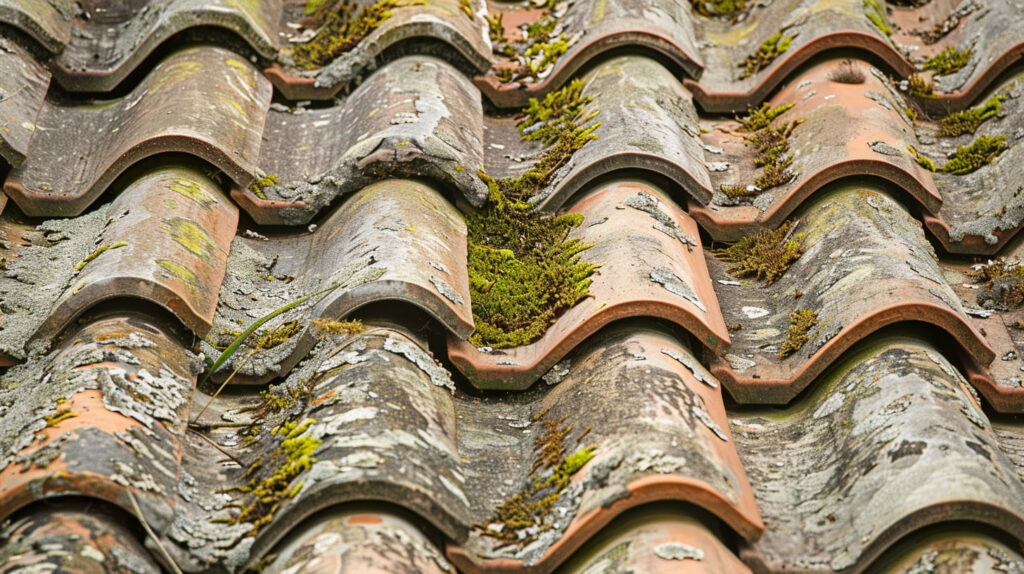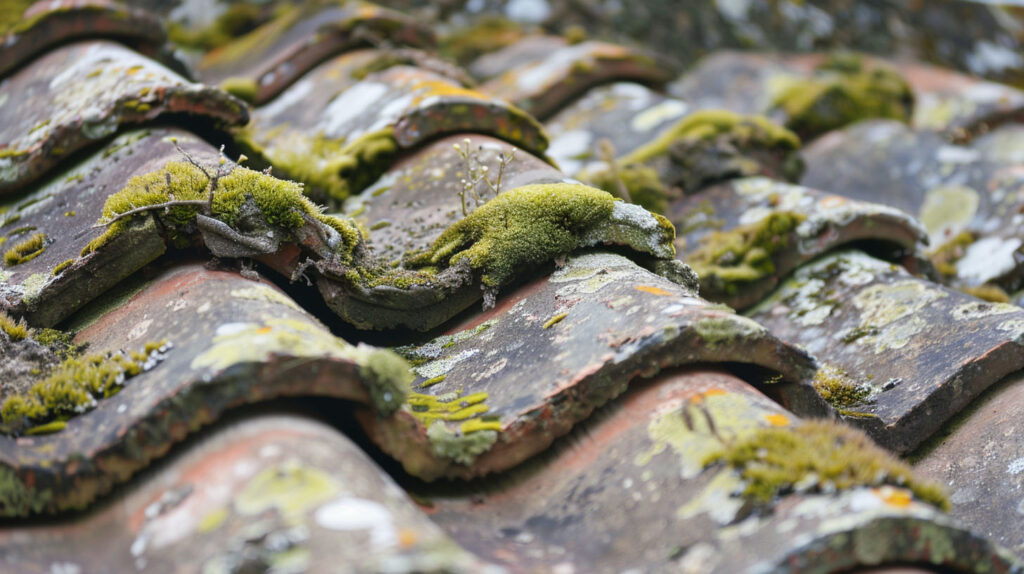How Mold and Mildew Start in Roof Structures
Mold and mildew in roof structures are common issues that homeowners in Burbank, CA, encounter. These fungal growths not only compromise roofing integrity but can also negatively affect indoor air quality. Mold spores thrive in moist environments caused by leaks, poor ventilation, or high humidity levels. Left unchecked, spread quickly, causing visible damage and potentially serious health problems. At Specialist Roofing & Repair, we’re dedicated to helping you understand these challenges and provide effective solutions to keep your roof in optimal condition. Our expertise ensures that your roofing needs are met with professionalism and care, safeguarding your home from mold and mildew concerns.
Common Causes of Mold and Mildew in Roof Structures
The roof serves as the first line of defense against environmental exposure, but certain conditions make it vulnerable to growth. Moisture buildup from leaks and poor drainage, combined with inadequate ventilation, creates a breeding ground for spores. Over time, poorly maintained roofing can lead to widespread issues, affecting both the structure and the safety of your home.
By addressing these concerns promptly, you can minimize complications. Routine inspections and proactive measures ensure your roof remains free of mold and mildew growth over the long term.
Poor Roof Ventilation and Its Impact
Insufficient airflow within the roofing system significantly contributes to moisture buildup, creating an environment conducive to mold colony formation. Warm air trapped in attic spaces can lead to high humidity levels, increasing the likelihood of condensation and the subsequent spread of mold spores. Over time, this fungal growth compromises the structural integrity of your roof, resulting in costly repairs. Regular roof maintenance and proper ventilation are essential preventative measures to combat these health risks and keep indoor air quality at optimal levels.
Water Leaks and Moisture Intrusion
A critical factor influencing mold growth involves water leaks and moisture intrusion. When leaks develop in roofing materials, such as shingles or tiles, create an environment conducive to mildew and mold. The stagnant water and humidity levels rise, leading to moisture buildup. This not only compromises the structural integrity of your roof but also significantly affects indoor air quality. Homeowners may notice black streaks or discoloration as early signs, necessitating quick action to prevent further health risks associated with advanced fungal growth.

How Mold and Mildew Begin to Develop
If left untreated, mold can infiltrate other areas of the home, posing further risks. Timely identification of spores and addressing humidity nuisances can help prevent formation and structural damage effectively.
The Role of Humidity in Mold Growth
Elevated humidity levels create an ideal environment for spores to thrive, exacerbating the spread of fungal growth within roofing materials. When warm air meets cooler surfaces, the likelihood of condensation increases, promoting moisture buildup that can lead to black streaks and discoloration on roof components. Homeowners must consider regular roof maintenance and effective solutions to manage humidity levels effectively, ensuring proper ventilation and minimizing health risks associated with respiratory problems. Keeping indoor air quality in check can hinder development and protect structural integrity.
Organic Materials as Food Sources for Mold
A variety of organic materials can serve as nutrient sources for mold, significantly contributing to its growth. Common elements such as wood, drywall, and insulation offer a conducive environment when are exposed to moisture. This creates the perfect scenario for fungus to thrive; once present, mold spores rapidly reproduce, further compromising the structural integrity of your roof. Regular roof maintenance is essential to minimize organic food sources, effectively disrupting the lifecycle of mold and preventing health risks associated with indoor air quality.
Signs of Mold and Mildew in Your Roof Structure
Spotting mold early can save you significant repair costs. Common signs include stains or discoloration on ceilings, walls, or roof surfaces. A musty smell lingering in attic spaces can also indicate mildew development.
Observe attic areas closely for fungal activity—black streaks or spots are visible markers pointing to problems. If such signs appear, it’s crucial to act swiftly by seeking professional roof inspections. Early intervention limits the spread of mold and safeguards your home from further damage.

Visible Stains and Discoloration
Identifying visible stains and discoloration on your roof is critical for maintaining the structural integrity of your home. Often, these blemishes are the first signs of moisture intrusion and fungal growth, indicating a conducive environment for mold and mildew. Black streaks or other discolorations signal potential water damage or poor ventilation, directly impacting indoor air quality. Quick action to address these issues is essential, as untreated stains can escalate into more severe health risks and structural concerns, necessitating professional roof inspection and remediation.
Musty Odors in Attics and Ceilings
The presence of musty odors in attics and ceilings often indicates a hidden problem related to water damage or inadequate ventilation. Such odors typically arise from mold and mildew growth in damp environments where airflow is limited. This fungal growth thrives on the organic materials found in insulation and structural components, leading to not only unpleasant smells but also serious health risks for occupants. To preserve indoor air quality and safeguard the structural integrity of the roof, prompt identification and remediation of the cause are essential.
Risks and Dangers Associated with Mold and Mildew
Mold and mildew pose serious risks to both human health and roof stability. Health hazards linked with these contaminants include allergic reactions, respiratory issues, and escalated asthma symptoms. Sensitive individuals, including children and the elderly, face heightened risks of exposure.
From a structural standpoint, leads to roof decay. Over time, fungal damage compromises the integrity of supports and shingles, requiring expensive solutions to repair. Acting promptly can limit these dangers, protecting both your family and home investment.
Health Risks for Homeowners
Exposure to mold and mildew can lead to various health issues, especially for sensitive individuals. Respiratory problems, such as asthma and allergic reactions, may arise from inhaling spores, which compromise indoor air quality. For those with weakened immune systems, the health risks escalate, potentially leading to severe reactions. Identifying and addressing these issues promptly through a professional roof inspection is crucial. Furthermore, maintaining proper ventilation in attic spaces can significantly reduce humidity levels, mitigating the likelihood of related health complications.

Structural Damage to Roof Supports
Compromised structural integrity often emerges when mold and mildew proliferate within roof supports. As these fungi thrive, deteriorate vital components such as beams and trusses, leading to potential structural failure. Over time, moisture buildup contributes to rot, significantly increasing the risk of collapse. Regular roof maintenance and professional roof inspections are crucial in identifying early signs of damage. Quick action can prevent extensive repairs and preserve the overall durability of your roof, ensuring a safe environment for homeowners and maintaining high indoor air quality.
How Specialist Roofing & Repair Addresses Mold Issues
We provide advanced, effective solutions aimed at eliminating mold issues permanently. Our process begins with a professional roof inspection to identify signs of mold across critical roof parts. Proactive measures, including regular maintenance and cleaning, are implemented to keep your roof free.
As Owens Corning Platinum Partners and Polyglass Quantum Contractors, Specialist Roofing & Repair ensures high-quality roofing systems resistant to mold and moisture. Our dedicated team safeguards the structural integrity of your roof while improving indoor air quality.
Inspection and Identification Process
Proper roof inspections help uncover problems early before escalate. Professional roof inspectors focus on identifying the source and type of mold, examining roof parts like insulation, gutters, and tiles.
During our evaluation, Specialist Roofing & Repair assesses ventilation efficiency and humidity levels contributing to presence. Signs of mold, visible damage, and odors are carefully documented in detailed examination reports.
This information ensures accurate diagnosis and effective removal strategies that address mold root causes comprehensively. You’re guaranteed safe, mold-free roof systems year-round.
Advanced Removal and Remediation Techniques
Specialist Roofing & Repair employs advanced removal techniques to combat mold hazards effectively. Using professional-grade solutions like bleach and anti-fungal cleaning agents, we eradicate mold colonies entirely. Follow-up treatments help prevent recurrence, safeguarding your roof moving forward.
Remediation strategies focus on clearing organic food sources and moisture buildup areas. Regular roof maintenance adds preventive value, reducing the risk of reinfestation long term.
Our trained experts ensure roof parts remain strong and humidity-free after treatment. Choose us for robust removal and cleaner roofing conditions.

What’s Next
Addressing the issues of mold and mildew in roof structures is essential for maintaining both health and the structural integrity of your home. Regular roof maintenance and proper ventilation are critical in preventing moisture buildup, which is a primary catalyst for mold growth. By implementing effective solutions such as professional roof inspections and quick action to resolve leaks, homeowners can significantly reduce health risks associated with exposure. Staying vigilant and adopting preventative measures will ensure a healthier living environment and prolong the lifespan of your roof.
Frequently Asked Questions
Are certain roofing materials more resistant to mold?
Yes, mold-resistant roofing materials, such as algae-resistant shingles, effectively combat mold growth. These shingles are typically coated with copper granules, deterring mold and algae colonies. Regular maintenance further enhances their resistance and durability against fungal infestations.
How does mold grow in the first place?
Mold grows in moist conditions where spores thrive due to poor ventilation. High humidity levels, combined with organic food sources like insulation, encourage spread across surfaces such as shingles and attic spaces, worsening with time.
How long does it take for mold to grow on a roof?
Mold can begin developing within 24–48 hours if conditions such as moisture, high humidity, and food sources like organic shingles exist. Warm environments accelerate mold spore activity, making timely roof care critical.
Read our blog: Comparing Roofing Costs: Asphalt, Tile, Metal and More



